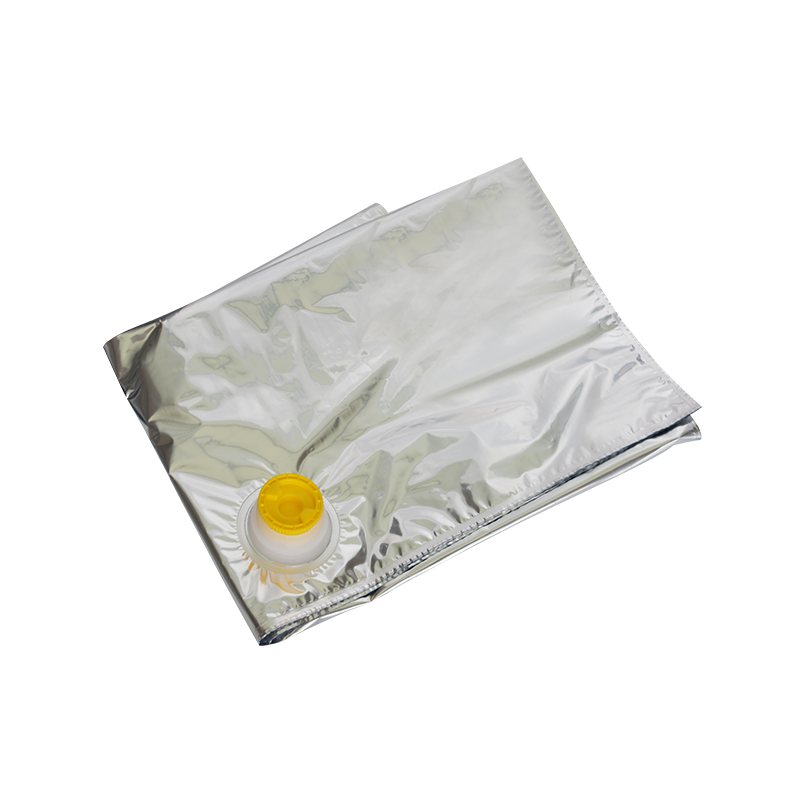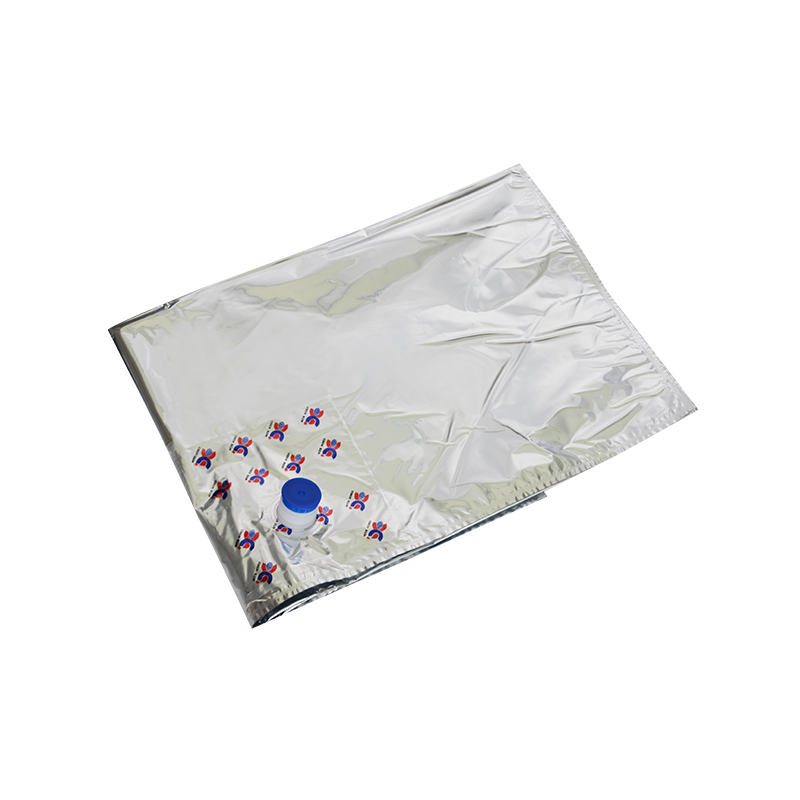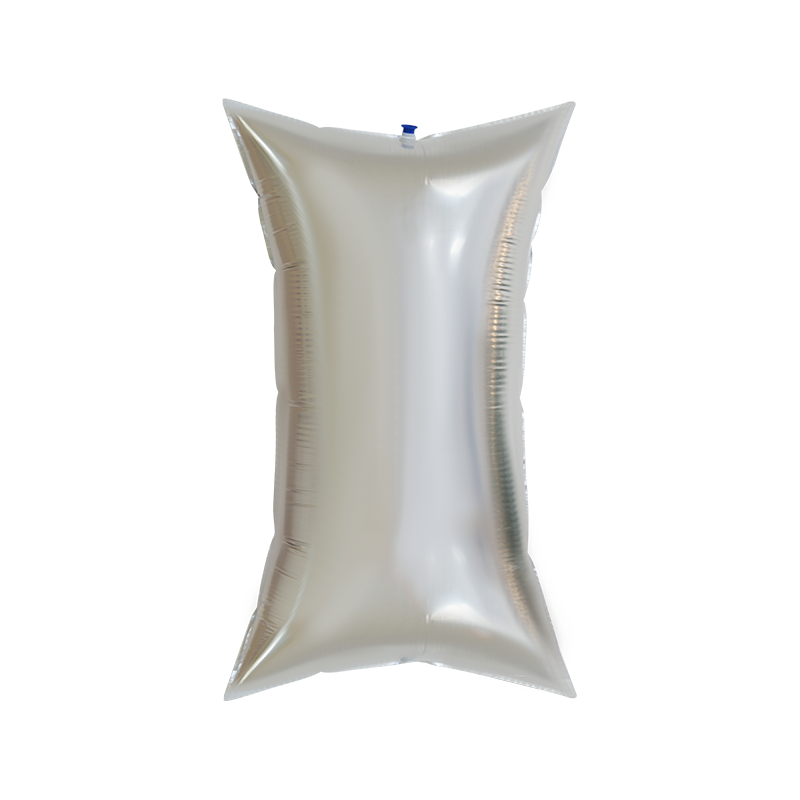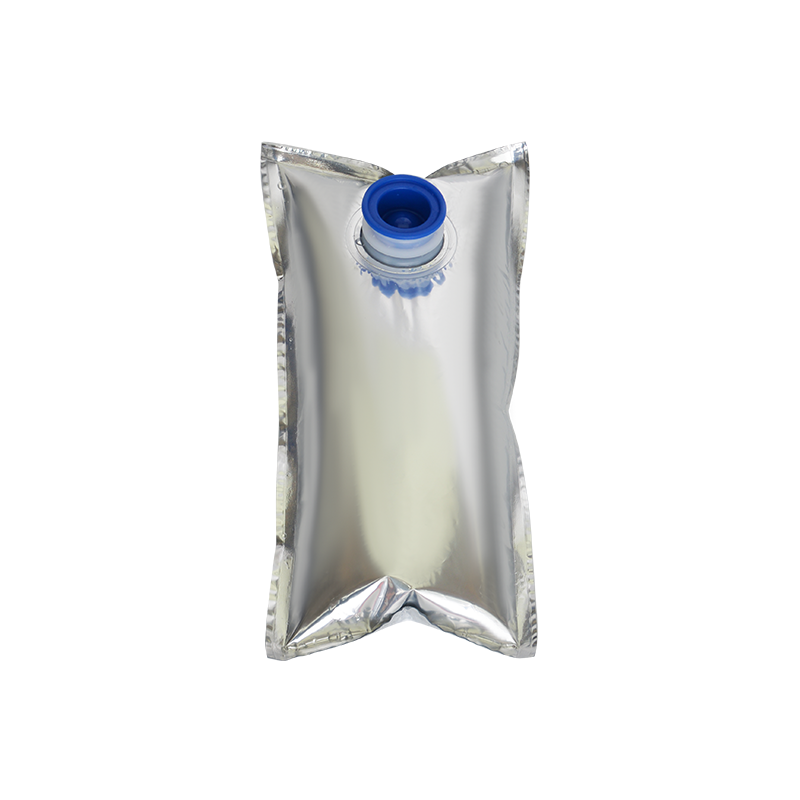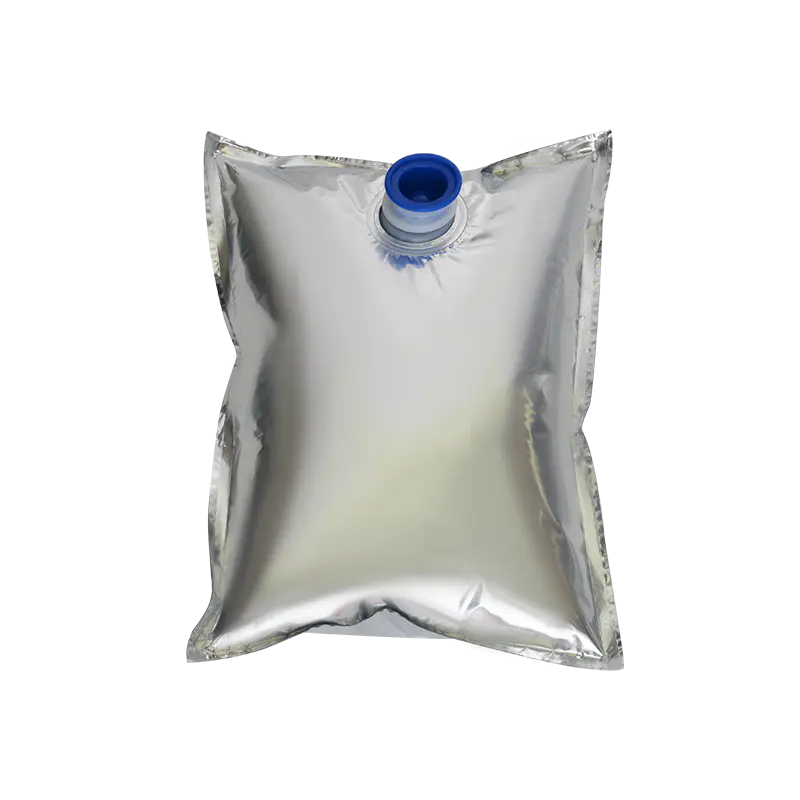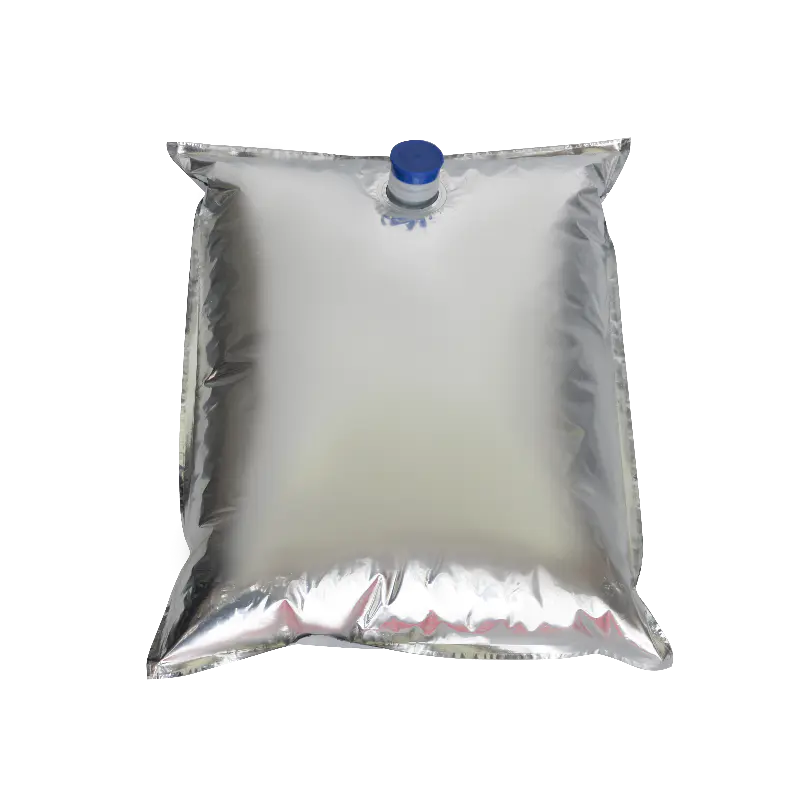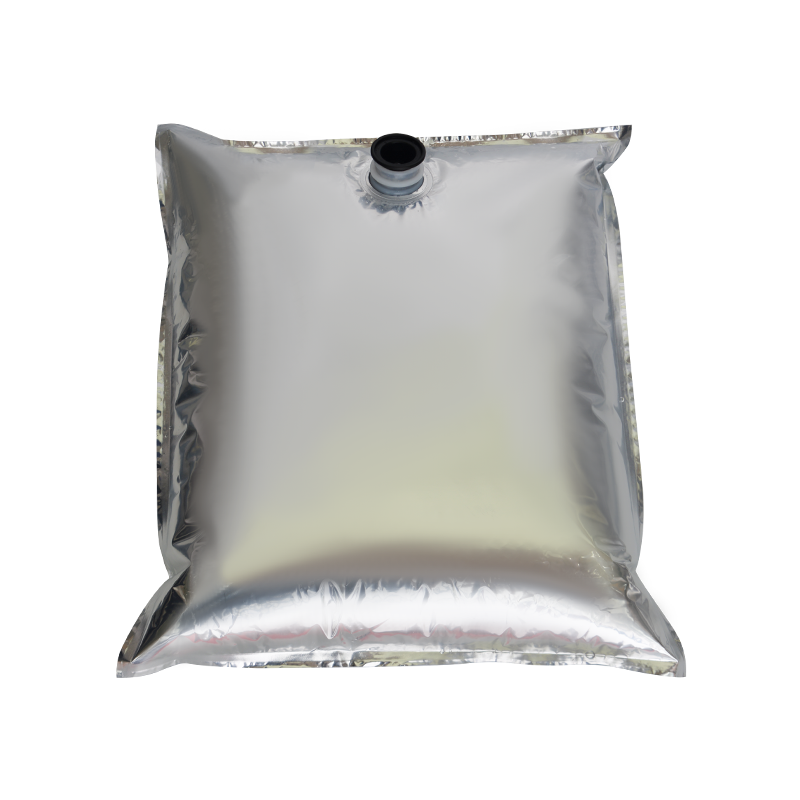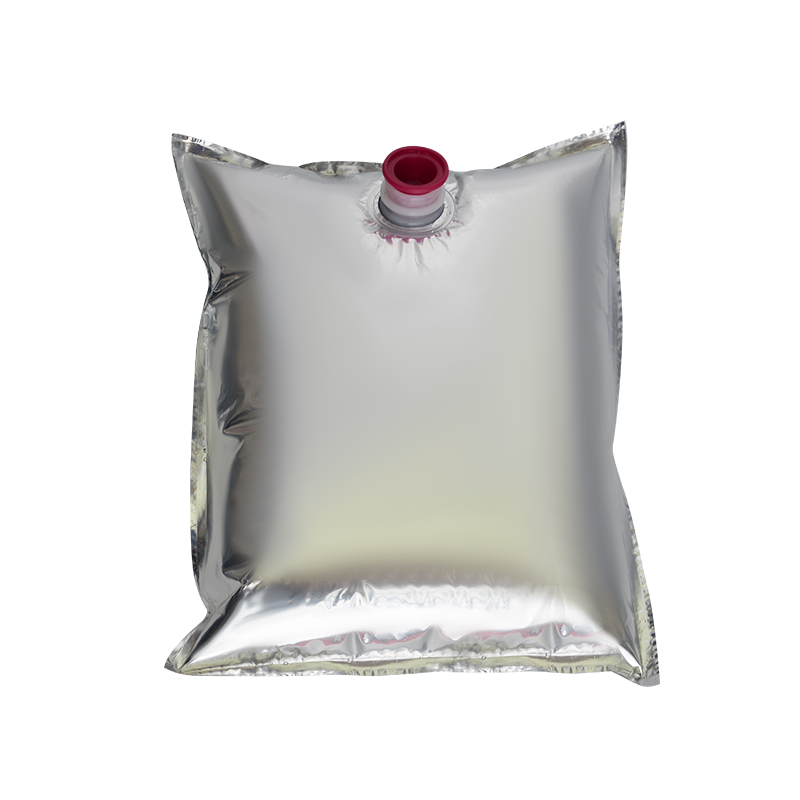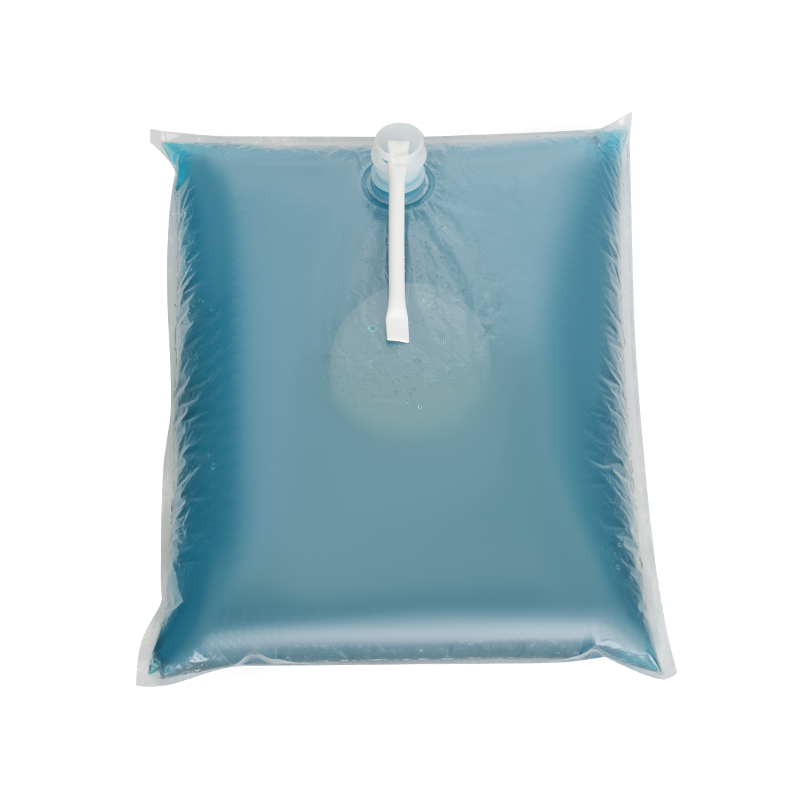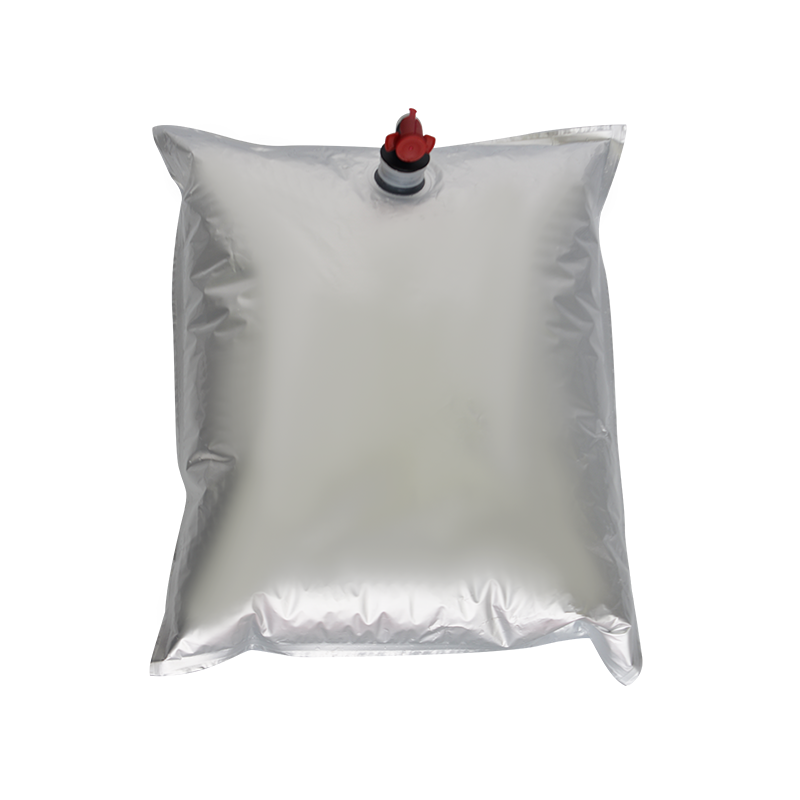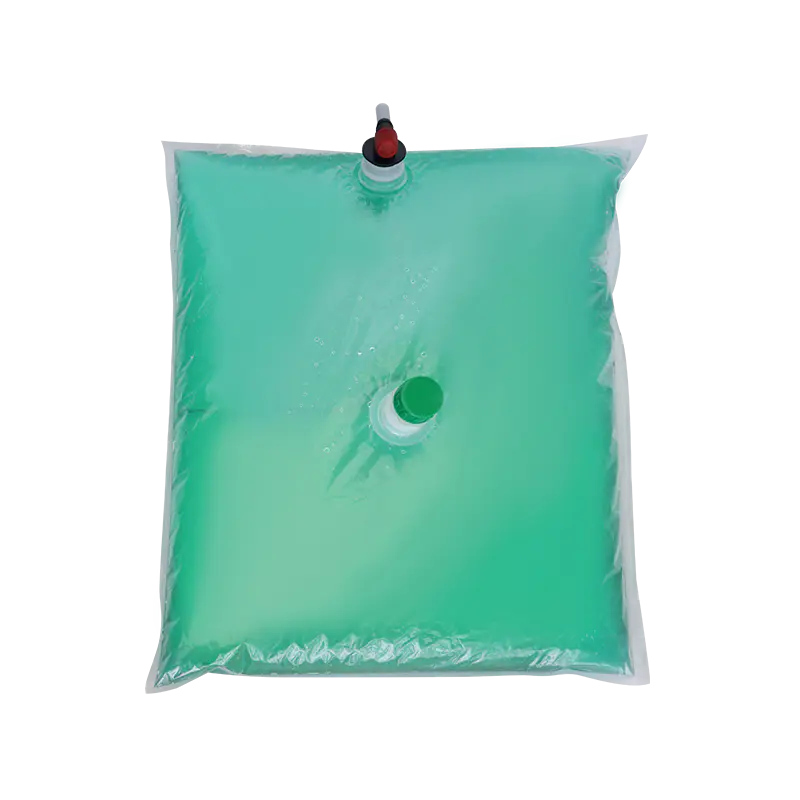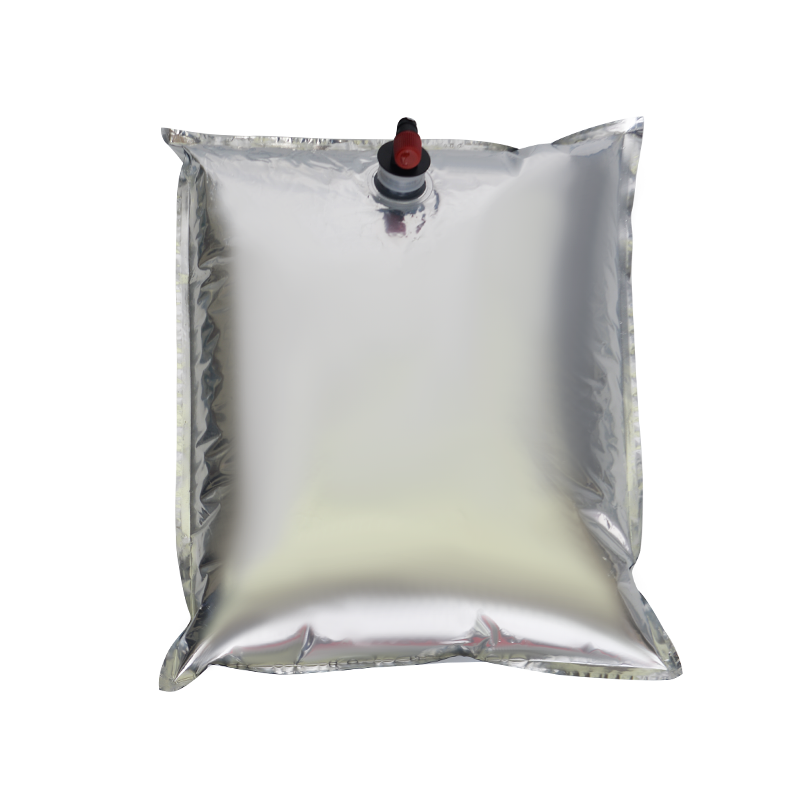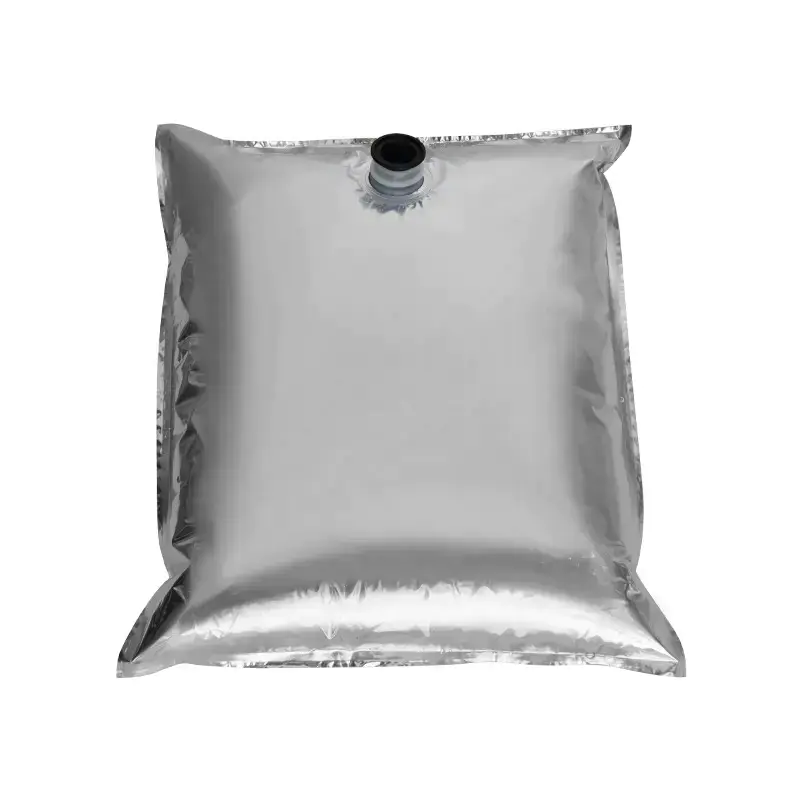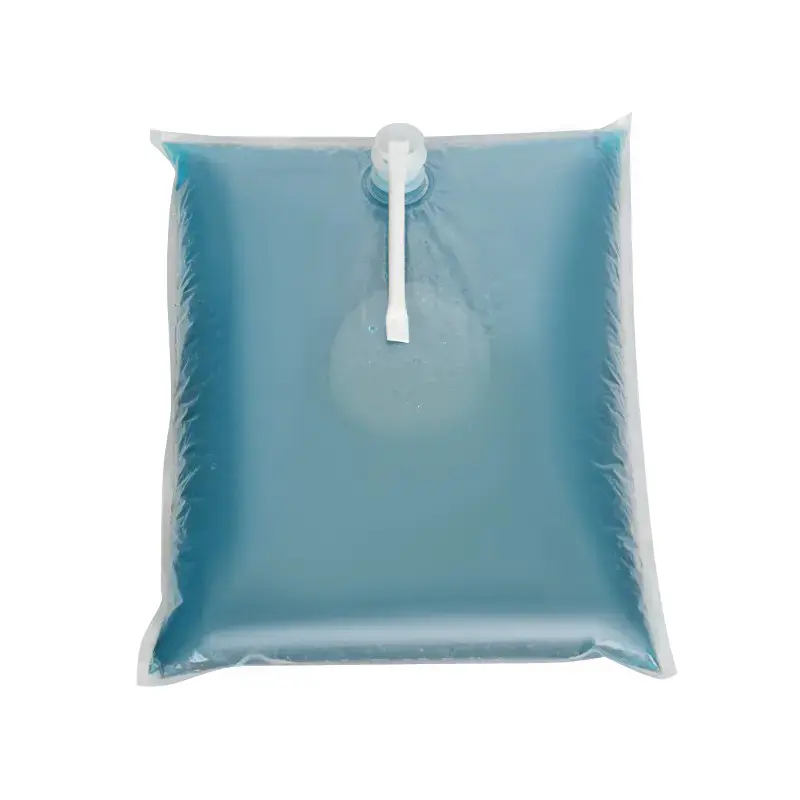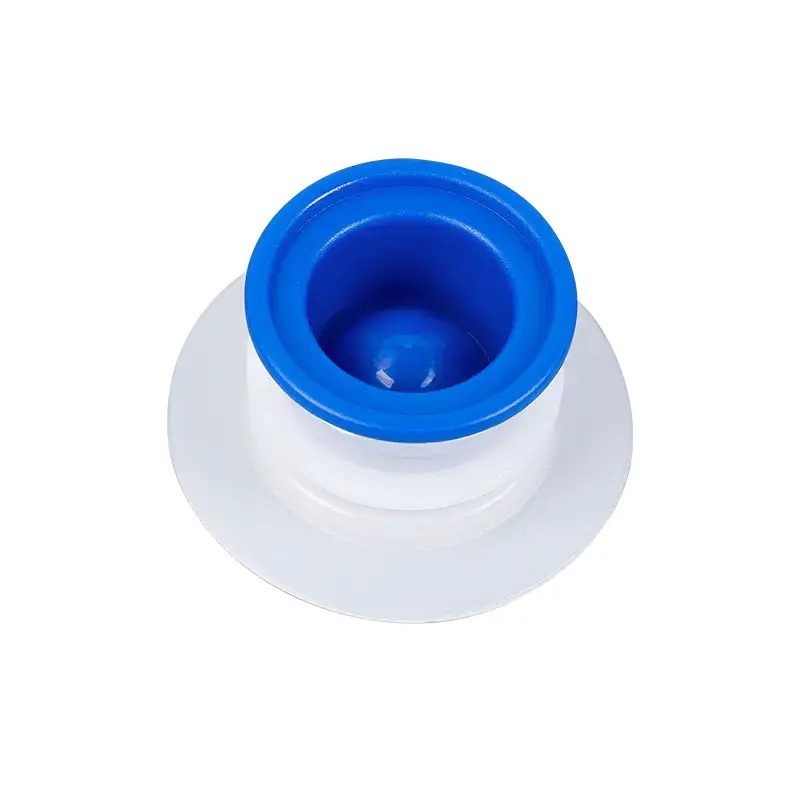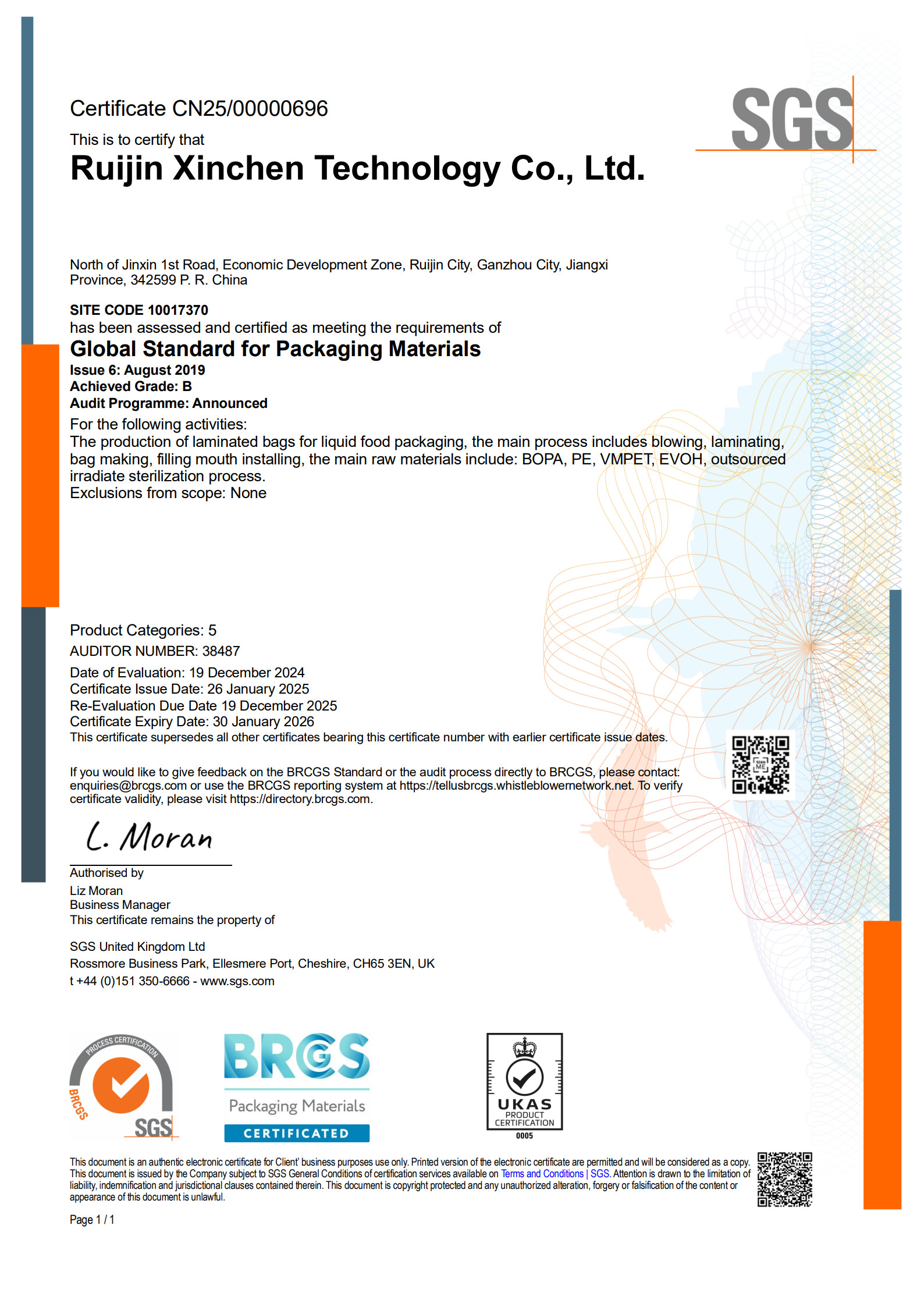
With the rapid development of the global food industry, consumer demand for healthy, safe, and high-quality food continues to rise. Aseptic Bags, due to their superior sterile protection and ease of use, are becoming the preferred food packaging solution.
Core Technology of Aseptic Food Packaging
The core advantage of Aseptic Bags lies in their aseptic processing technology, which maintains the sterility of both the food and the bag during the production process. Through techniques such as high-temperature flash sterilization, pasteurization, or irradiation, food can be preserved for extended periods within the bag without compromising nutritional value or taste. Compared to traditional packaging, Aseptic Bags not only extend shelf life but also reduce the need for preservatives, providing a more natural and healthier way to store food.
The choice of food packaging material is crucial to aseptic performance. Multi-layer composite films, high-barrier films, and high-temperature-resistant materials enable Aseptic Bags to effectively protect food from the effects of air, microorganisms, and light while maintaining the bag's structural integrity. This material combination not only enhances food safety but also ensures the stability of various liquid or semi-solid foods during transportation and storage.
Wide Range of Food Applications
Aseptic Bags have a wide range of applications in the food industry. They are suitable for packaging juices, dairy products, sauces, soups, and ready-to-eat meals. Whether liquid, semi-solid, or granular, Aseptic Bags provide reliable sterile protection, keeping products fresh during long-distance transportation and storage.
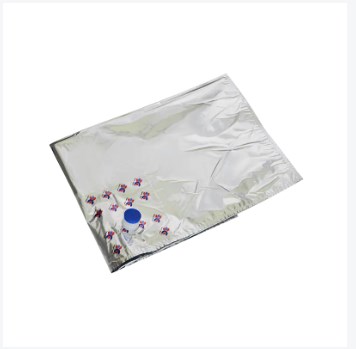
Compared to traditional bottled or boxed packaging, Aseptic Bags offer significant advantages in logistics and warehousing. The lightweight bag design saves shipping space and packaging costs, while also reducing losses due to breakage or leakage. This efficient and safe packaging method meets the flexibility and reliability requirements of the modern food supply chain.
Market Trends and Industry Value
With increasing consumer health awareness, market demand for aseptic food packaging continues to grow. Aseptic Bags, due to their advantages in extending food shelf life, reducing additives, and improving transportation efficiency, have attracted significant attention from food companies. The global demand for high-quality, aseptic food packaging continues to drive companies to invest more in technology research and development, production processes, and material innovation.
The rise of environmental awareness has also placed higher demands on food packaging. The increasing use of recyclable and biodegradable composite materials in aseptic bags not only complies with environmental policies but also enhances a company's social responsibility image. With the growing trend toward green manufacturing, environmentally friendly aseptic packaging will become a key competitive advantage in the food industry.

Aseptic bags, with their sterile protection, food safety, and efficient transportation, are becoming an indispensable packaging solution for the modern food industry. Driven by technological innovation and market demand, aseptic bags will play an even more important role in improving food quality, extending shelf life, and promoting the development of green packaging. Food companies should closely monitor industry trends and continuously optimize packaging design and production processes to achieve higher market value and brand competitiveness.

 English
English русский
русский